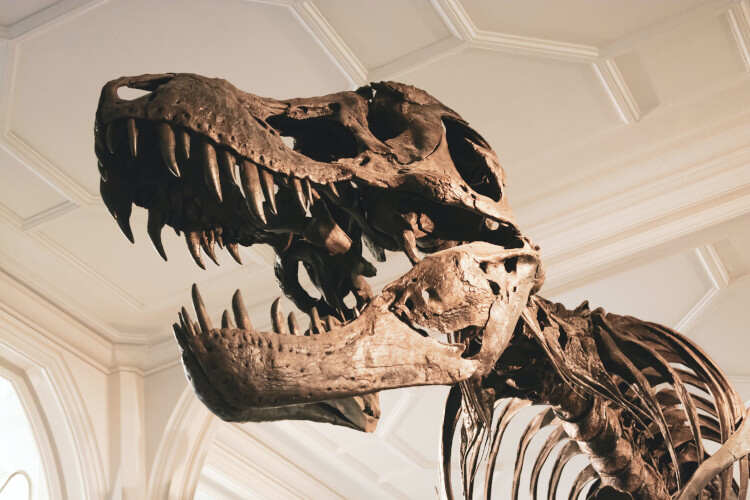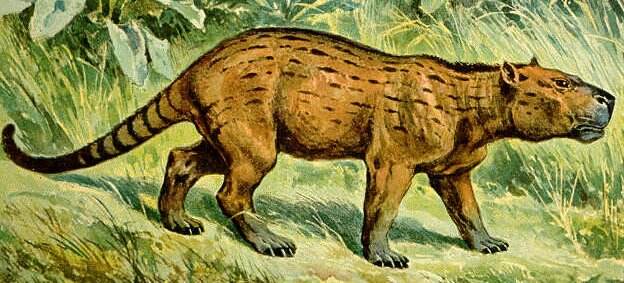
New study reveals that placental mammals had already begun to evolve before the mass extinction event that killed the dinosaurs
Almost all mammals alive today – including humans – are placental mammals. They’re a diverse group, ranging in size from the shrew to the whale, but all share one thing in common: they all have a uterus. Fossil evidence suggests that they have existed since the early Palaeocene, roughly 66 million years ago; one of the earliest fossils of a placental mammal found to date is from Pantolambda bathmodon, a sheep-sized animal with the face of a bear and the build of a pig, believed to have lived 62 million years ago. However, a new study now reveals that our earliest ancestors are much older, and once co-existed with dinosaurs.
In a paper published in the journal Current Biology, a team of palaeobiologists from the University of Bristol and the University of Fribourg analysed extensive fossil records from placental mammals dating all the way back to the Cretaceous–Paleogene (K–Pg) extinction event 66 million years ago. ‘We pulled together thousands of fossils of placental mammals and were able to see the patterns of origination and extinction of the different groups,’ says lead author Emily Carlisle, a paleobiologist at Bristol’s School of Earth Sciences. ‘Based on this, we could estimate when placental mammals evolved.’

From their analysis, the researchers determined that placental mammal groups such as Primates (the group that includes the human lineage), Lagomorpha (rabbits and hares) and Carnivora (dogs and cats) originated shortly before the dinosaurs went extinct. It was only after the asteroid impact, however, that modern lineages of placental mammals began to evolve, suggesting that they were better able to diversify once competition from the dinosaurs had gone.
The Cretaceous–Paleogene extinction event was triggered by the impact of a massive asteroid, thought to be between 10 and 15 kilometres wide, which collided with Earth 66 million years ago. It caused the sudden mass extinction of three-quarters of all plant and animal species, including all non-avian dinosaurs. Most other four-legged species weighing more than 25 kilograms also became extinct, with the exception of some ectothermic species such as sea turtles and crocodilians. Being small is one of the traits associated with better chances of surviving a mass extinction event, as author and paleobiologist Thomas Halliday recently explained to Geographical.




